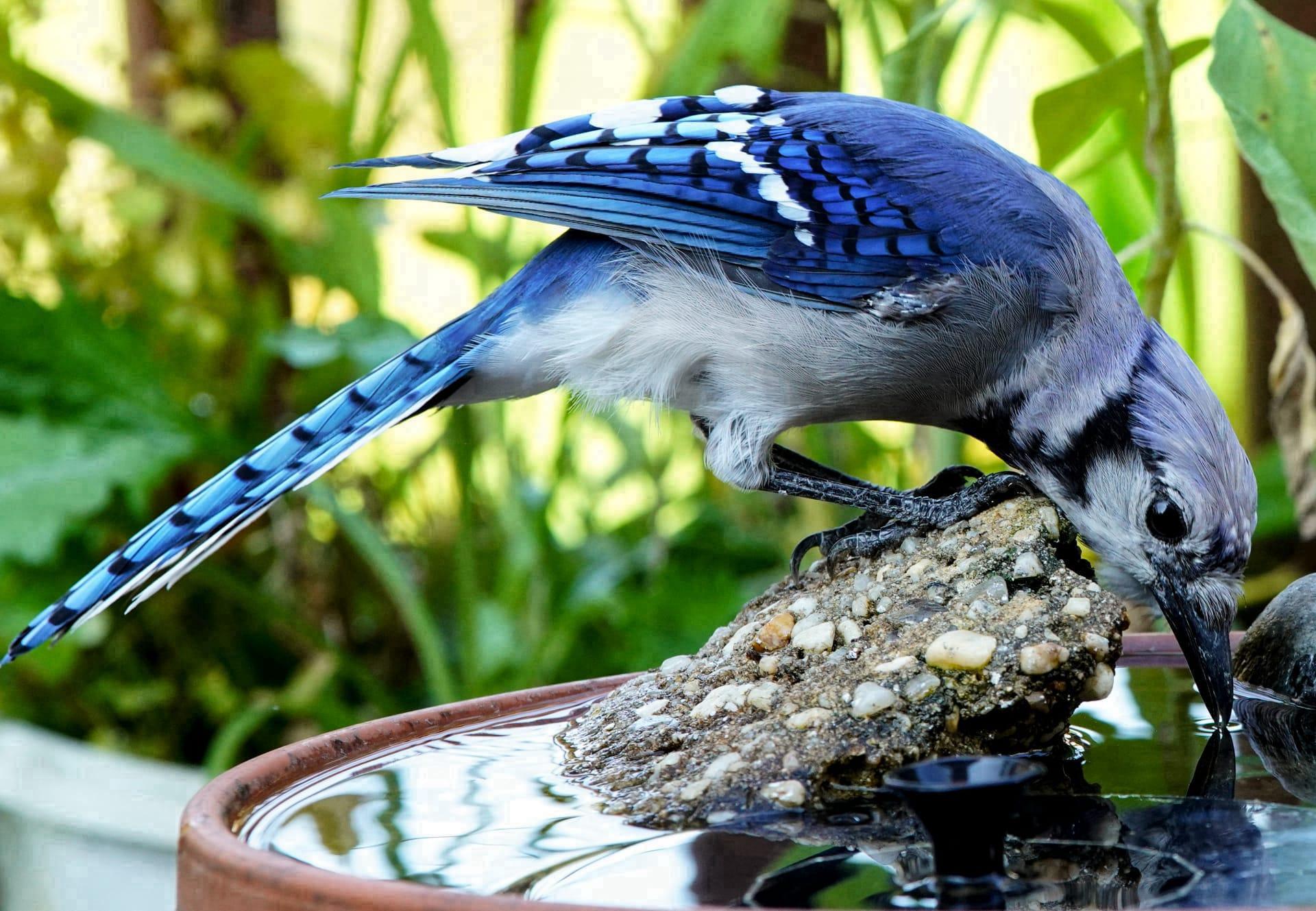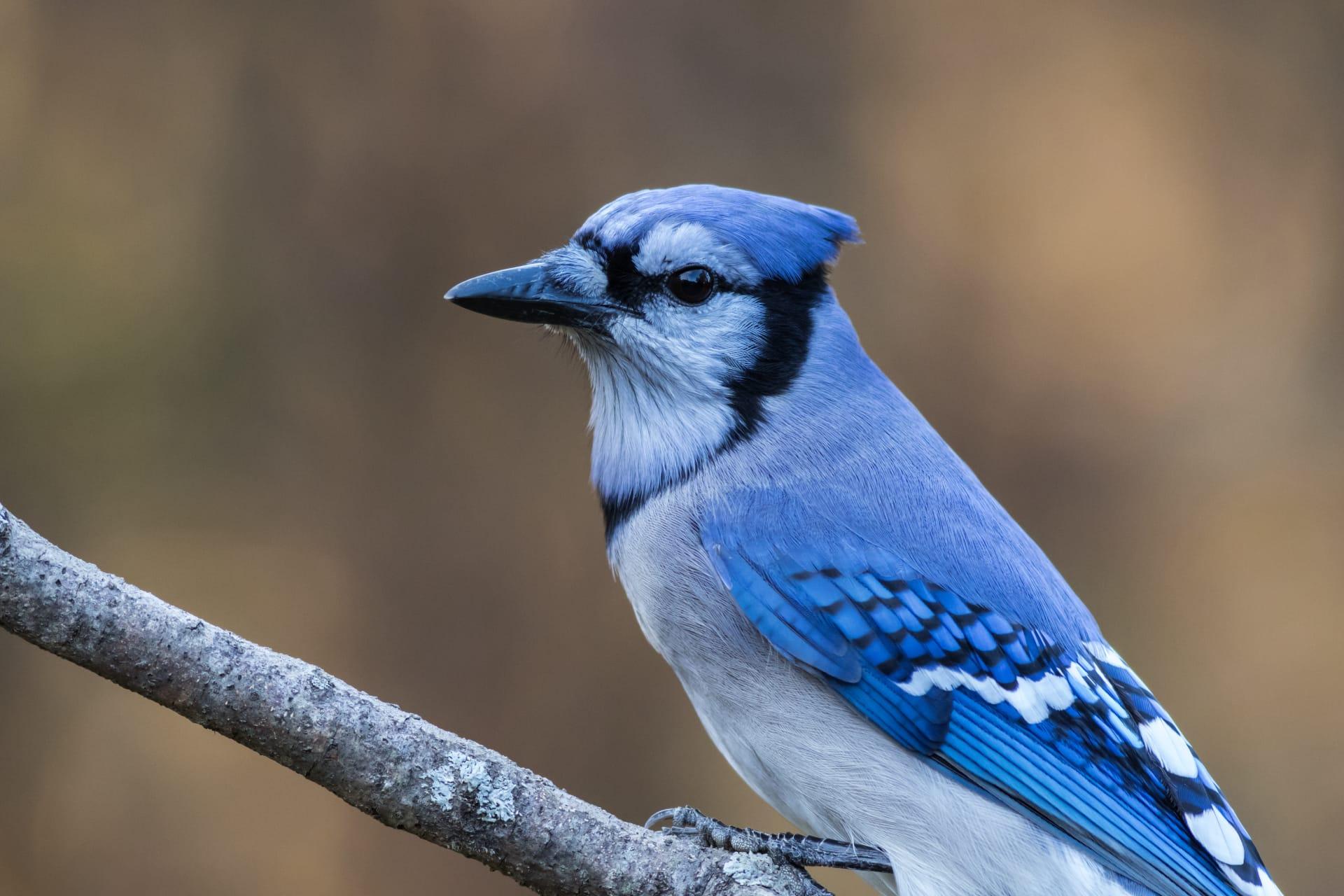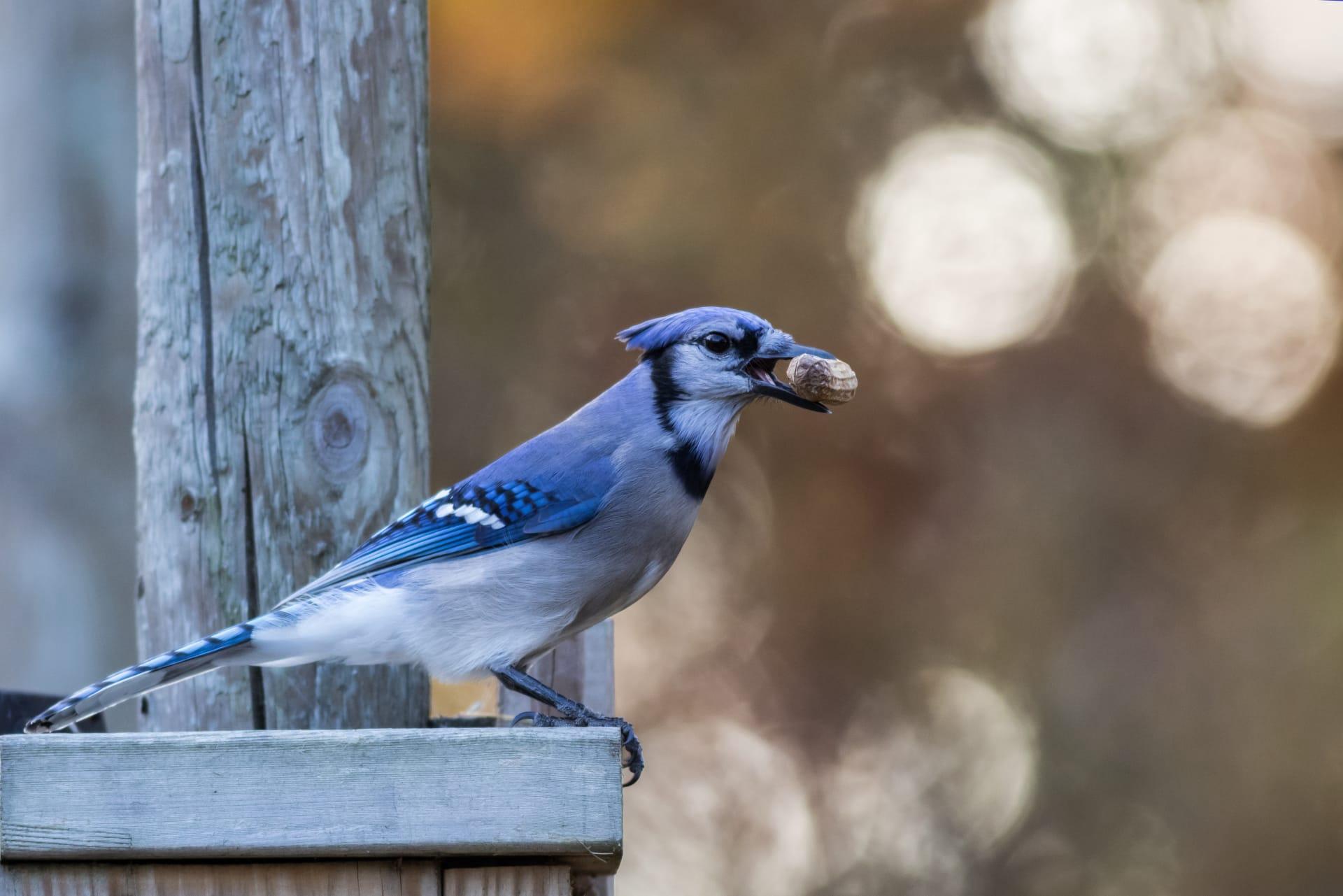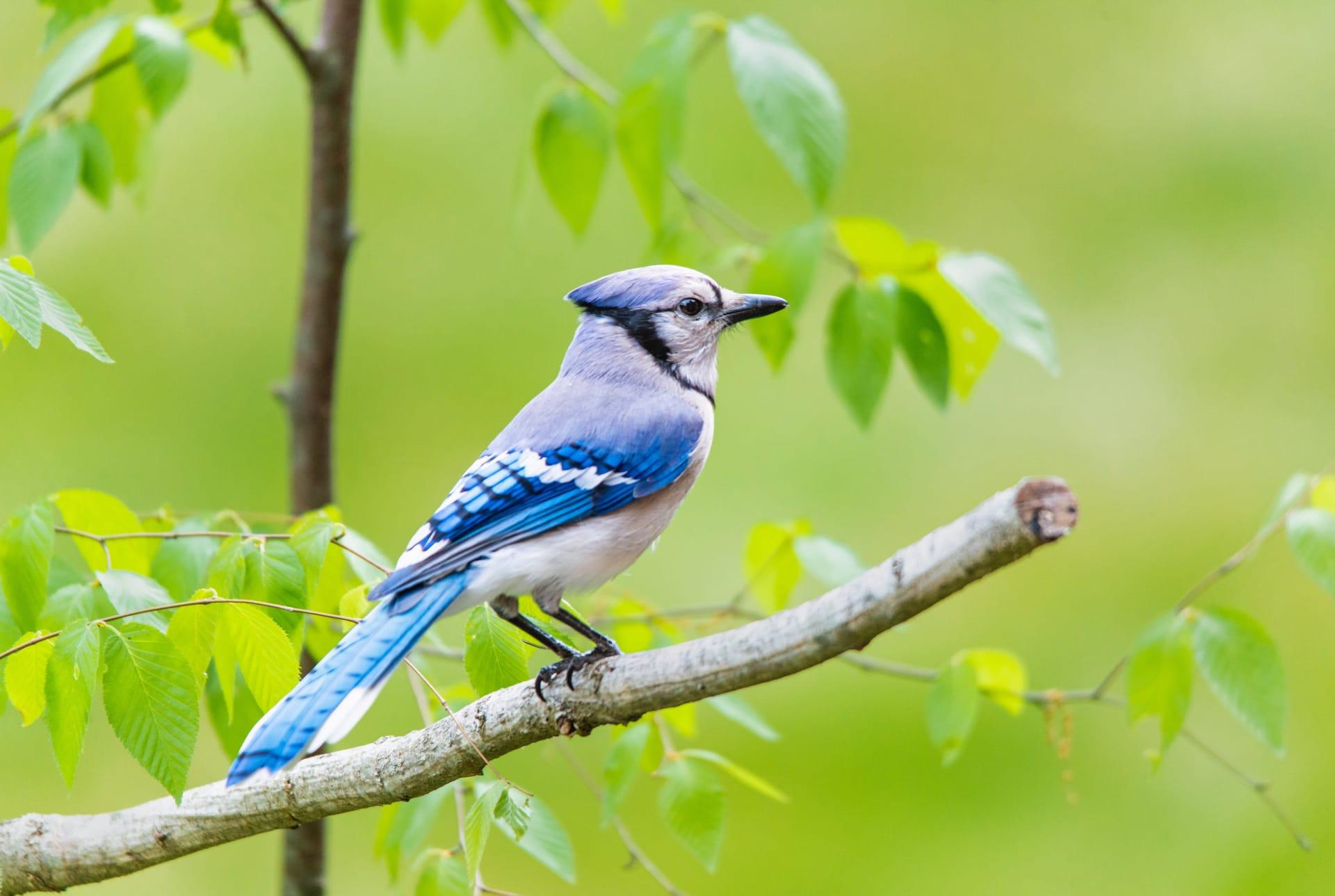Jay Characteristics
- Home /
- Mini Encyclopedia /
- Animal /
- Jay Characteristics
1
Jays, a vibrant and intelligent bird species, are known for their striking appearance and keen intelligence. These medium-sized birds, typically measuring about 11 to 12 inches in length and weighing around 70 to 100 grams, exhibit a mixture of blue, white, black, and gray plumage, making them easily recognizable in their habitats. Their average lifespan in the wild ranges from 7 to 8 years, though some can live longer, especially in captivity.
One of the most distinctive organs of the Jay is its syrinx, a specialized vocal organ unique to birds. Located at the base of a bird's trachea, it allows Jays to produce a wide variety of sounds, ranging from harsh screeches to mimicking other birds and even human-made noises. This ability plays a crucial role in their communication, both in attracting mates and in warding off predators or competitors.

2
Question: Why do Jays often gather and bury acorns?
Answer: Jays are known for their habit of collecting acorns, which they store for future consumption. This behavior, called caching, involves Jays burying acorns in the ground, a practice that not only ensures a food supply during scarce times but also aids in oak tree proliferation. A single Jay can gather and hide thousands of acorns each season, and while they have an impressive memory for locating these caches, some are inevitably forgotten, leading to the growth of new oak trees.

3
Jays are agile fliers, capable of quick maneuvers through dense foliage. They exhibit a mix of flapping and gliding while in flight, with an average flying speed of around 20 to 25 miles per hour. On the ground, they hop or walk with a distinctive jaunty gait, often seen foraging for food among leaves and underbrush.
In terms of feeding habits, Jays are omnivorous. Their diet primarily consists of nuts, seeds, and fruits, supplemented by insects, eggs, and small vertebrates. Their strong, all-purpose beaks are adept at cracking open hard-shelled nuts like acorns, a staple in their diet. They are also known to store food in various locations for later consumption, demonstrating a remarkable memory for these hidden caches.

4
Jays are adaptable birds, found in a variety of habitats including woodlands, forests, and even urban areas. They prefer areas with a mix of trees and open space, which provide ample food sources and nesting opportunities. Their ability to thrive in diverse environments showcases their adaptability and intelligence.
Reproduction-wise, Jays are monogamous and often mate for life. They build their nests in trees, using twigs, grass, and other plant materials. The female typically lays between 3 to 6 eggs, which she incubates for about 16 to 18 days. Both parents are involved in raising the young, which leave the nest after about 21 to 25 days, continuing to be fed by their parents for another month.

5
Book: "The Secret Life of Jays" by Andrew Smith, published in the United States in 2010. This book delves into the fascinating world of Jays, exploring their behavior, intelligence, and the unique relationship they have with their environment. Smith combines scientific research with engaging anecdotes, providing an in-depth look at these remarkable birds.
Book: "Wings of Blue: The Natural History of Jays" by Emily Johnson, published in the United Kingdom in 2015. Johnson's book offers a comprehensive guide to the different species of Jays found around the world. It covers aspects such as their biology, behavior, and the role they play in various ecosystems, complete with vivid photographs and insightful observations.